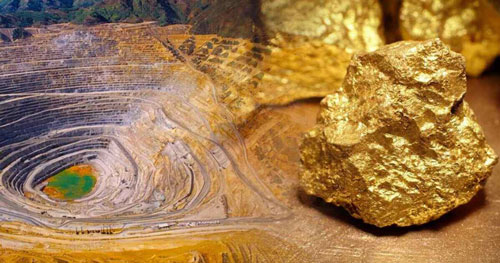The Balochistan government has received an amount of $3 million from the Barrick Gold Corporation as part of the new Reko Diq agreement.
A company’s press release says after the completion of legal process last month, the Balochistan government and the company agreed on a timetable for the disbursement of the committed funds to the province.
Reko Diq Pakistan Country Manager Ali E Rind handed over the $3 million cheque to Secretary Mines and Minerals Development Department Balochistan, Saidal Khan Luni.
Barrick said that the new Reko Diq agreement ensures that benefits from the project start accruing to the people of Balochistan well before the mine goes into production through advanced royalties and social development funds.
It added that the project, during peak construction, is expected to employ approximately 7,500 people, and will create around 4,000 long-term jobs once in production.
The company plans to finish the Reko Diq feasibility study update by the end of 2024, with 2028 targeted for the first production, the press release stated.
Barrick said Reko Diq is envisaged as a conventional open pit and milling operation, producing a high-quality copper-gold concentrate. It will be constructed in two phases, starting with a plant that would process approximately 40 million tonnes of ore per annum which could double in five years following the first production from phase one.










